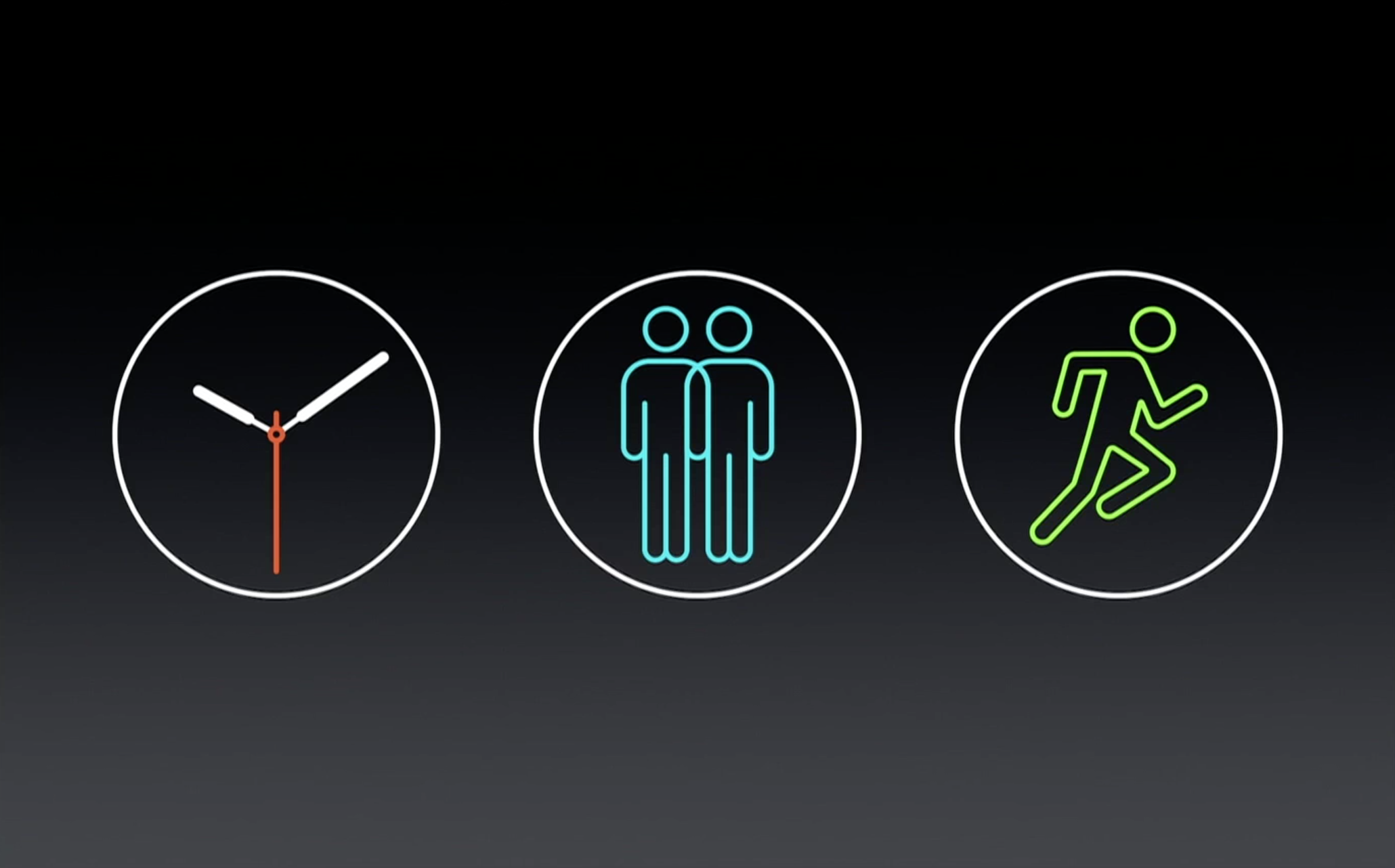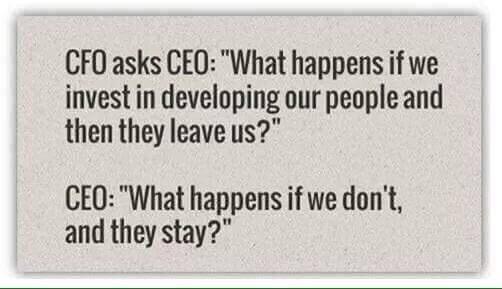When I, like many other nerds, sat down to watch Apple’s “Spring Forward” event my main interest was the launch date of the Apple Watch to schedule the launch of the app I’m working on .
But something Tim Cook said in the first minutes got me thinking…
Since Steve Jobs passed more than 3 years ago one of the biggest discussions has been how his absense would change Apple – protrayed mostly with the now chichéd phrase “This wouldn’t have happened if Steve was still alive”.
Around that time Tim Cook promised that Apple would’t change:
We are going to continue to make the best products in the world that delight our customers and make our employees incredibly proud of what they do.
But change has been happening. Apple directly and through its CEO has become more open in their intentions and values. The changes have also been felt in how Apple is organized and how the products are built.
And yet, in a way, Tim Cook has kept his word.
The way these products are created has changed, the responsibility the company takes over the impact in the lives of everyone involved in their production has changed, but what hasn’t changed is the delight they produce on the customer.
One of the very first things Tim Cook said reinforced this peception that Apple has changed and is a lot different from Steve Job’s Apple…
The event opened with a video of the inauguration of an Apple retail store in China but what strike me most was Tim Cook’s words while showing the store full of customers:
Of course with a great team, and this is the way we love to see our stores.
Tim’s words immediatly reminded me of Steve Job’s words when he presented a new Apple store during the first iPad event in 2010 :
This is a shot of it before it opened.
It’ll never look this good again.
Even the reaction of the audience is evocative of the difference: cheers for Tim Cook while Steve got some chuckles including an almost mischievious laughter.
Steve Job’s Apple was all about the products and the experience. Tim’s Apple is also about that but without overlooking the people that make Apple successful.
Spring Forward
My perception of the rest of the event was influenced by this difference. Some of the products presented reinforced this preception more than others, here are my thoughts:
ResearchKit
How more “about the people” can you get? The presentation was kind of boring but if this new technology gets widespread adoption it will make a big difference in the future on what we consider curable and how early we can diagnose diseases.
I’ve never participated in any medical research but I (kinda) know how statistics work and providing researchers access to larger data sources is good, making it open source was a great decision.
I asked on twitter if the data would be anonimized and haven’t found the answer, but Apple has said the patients’ data is kept private.
The new MacBook
Looks nice (not in gold thought), but what I liked more is that technology making it into the MacBook Pro .
The new trackpad and keyboard, and the new batteries that fill every nook and cranny are the most interesting. I’m not so sure about the single USB-C port (specially considering the price of the adapter to get HDMI ).
The new trackpad made it into the 13 inch MacBook Pro but not the new keyboard; and the 15 inch didn’t see any updates. I’m not sure what’s happening there but I hope it means that they are planning more far-reaching changes to the big one.
I wouldn’t be surprised that the next refresh will be a slight redesign to include the new keyboard technology too.
Apple Watch
Apple is billing the watch as the most personal device they have created and this presentation stayed on point.
After a short introduction, Tim Cook showed a slide that made me think of another famous Apple presentation .

With this slide Apple positioned the watch as 3 things:
The most advanced timepiece ever created, its a revolutionary new way to connect to others, and it’s a comprehensive health and fitness companion.
This felt to me like a tribute and a way of saying “we’ve changed, but we don’t forget wehre we come from”, it could also just be Apple using a formula that has worked before, or just the rule of threes being applied . In any case the slide and the message felt familiar if not as impactful as the one delivered by Steve Jobs.
And just like Steve Jobs presentation, apps did not make it into the 3 talking points but I can bet that apps is what will make the watch have staying power.
Time keeping
The first point was about how accurate it is, but that quickly gave way to the actual message: you can customize the watchface to your liking. You can make it as simple as you want or have it show you more information.
One complaint I’ve heard a lot is how Apple didn’t allow developers to create watchfaces; and considering how this customization is part of the message it’s hard to believe they didn’t think to allow them.
One possible explanation is that this category (custom watchfaces) would get overpopulated very quickly with subpar options, basically becoming the fart app of the apple watch. It could also be that this is very valuable screen real estate and Apple doesn’t give that away easily.
Communications device
Continuing with the most-personal-device-ever message, Tim Cook showed how you can receive and send messages and emails, talk on the phone Dick Tracy style , and even send drawings, taps and heart beats.
The demo shown later would also reveal how third party messaging applications can also participate.
Health & fitness tracker
The last prong of the message was all about how the watch will track your activity and gently motivate you to do more week after week.
Apple invited Christy Turlington Burns to the stage to share her experience running a half marathon using the watch. The main message was “the Apple watch is motivation”.
During this section, a rather snarky comment on went by on twitter mentioning how she didn’t look like a healthy person. Not only was that comment uncalled for, but also I don’t think Apple’s intention was to show the most fit person continuing to be fit with the watch. Their intention was about showing how a busy person can benefit from using the watch’s fitness features to become even healthier and stay motivated.
Just the beginning
Even though time keeping, communications, and fitness were the main selling points, Apple knows from experience that the real power will come from the third party apps. And for that reason they showed some apps like facebook, instagram, chat apps, trip information, weather, hotels and even an Uber app to book a ride.
When the iPhone came out nobody knew all the things it would enable. Same thing happens with the Apple watch: we don’t know what will be possible.
For now we’ll have iPhone apps providing simplified interfaces for the phone, but as our knowledge of what is technically possible and what is socially allowed starts to form we’ll see more and more amazing applications.


